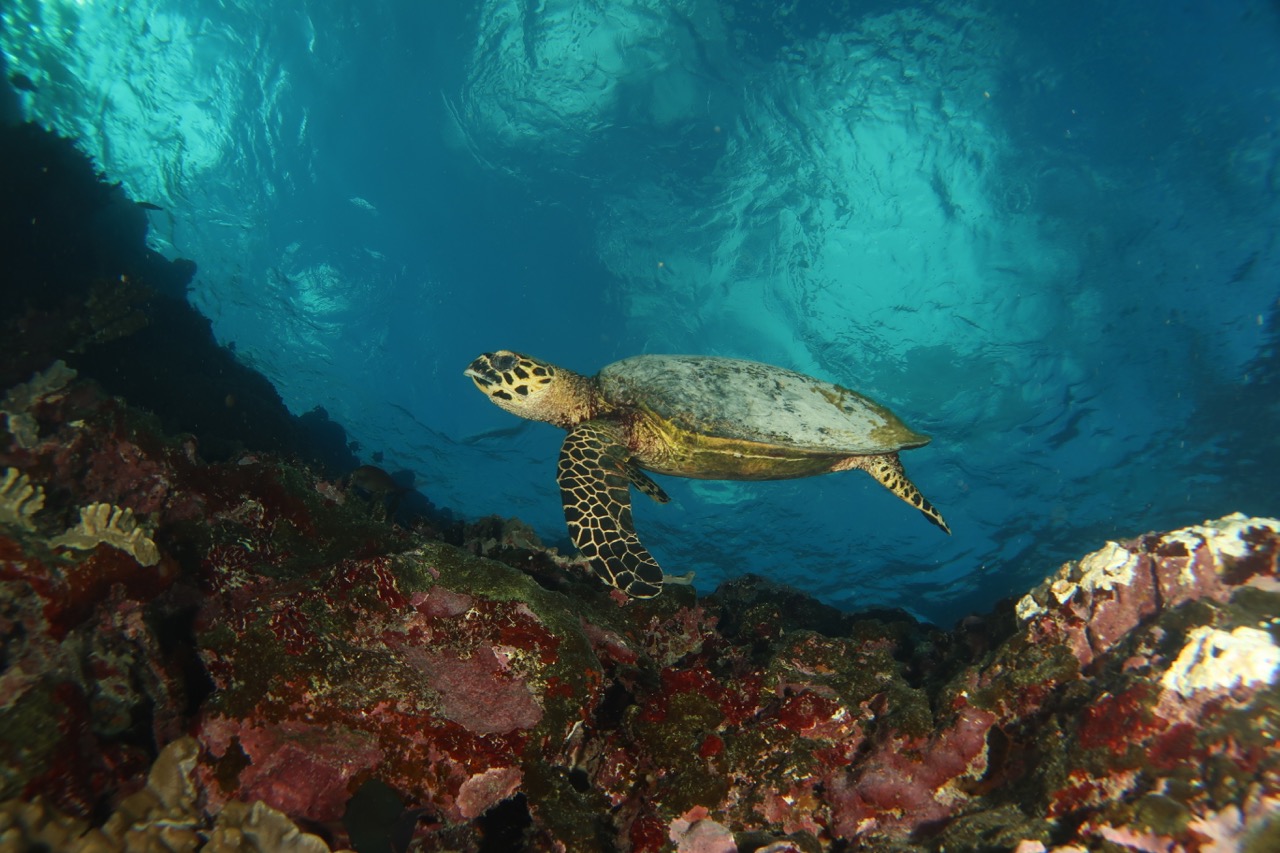Turtle Watch Party
Sea turtles are migratory species commonly seen across the Pacific and within the Cook Islands. In the Cook Islands, we have two common species of sea turtles the Green turtle Chelonia mydas listed as endangered on the IUCN RedList, and the Hawksbill turtle Eretmochelys imbricata, critically endangered. Both species, but more so the Green turtle, are commonly seen in the passages of Rarotonga.
Today, there is still so much to learn when it comes to the behaviors of sea turtles and their migratory patterns, to understand regional connectivity. At a national scale, the behavior and movements of sea turtles could also be better understood to build community awareness and the need for conservation.
One way of achieving this is through a community-based turtle monitoring programme that uses photos of turtles clearly showing the left side of the individual's face. Like our fingerprints turtles have unique facial scutes or patterns which can be recorded and cross checked with new records over time. This turtle ID monitoring programme is less intrusive than flipper tagging and allows people, visitors, and operators to get involved and contribute to turtle conservation and science, to track their movements over time.
The monitoring programme has now been in place for about a year. Collected data has shown turtles found on Rarotonga appear quite happy staying around Rarotonga with several turtles being re-recorded through photos that have been taken from around the island over the space of 5 years.
One Hawksbill turtle in particular, with the database code CRHB-22, has proven to be quite the residential commuter. Not camera shy at all, this turtle has been photographed 13 times from the year 2016 through till 2023. The movements of CRHB-22 photos indicate moving back and forth between Trader Jacks and Titikaveka stopping in Rutaki, Avaavaroa and Papua Passage. Other interesting finds observed through CRHB-22 photos include the mature Hawksbill traveling from town to country within 12 days during the winter month of August.
This back-and-forth movement from town to country along Rarotonga has also been noticed by a couple of other recorded Green Turtles. So an apparent popular route for our residential turtles getting the best of both town and country lounging and algae feeding. For now, the data is limited to photos from only half the island, so we don’t know at this stage if these turtles may also travel to the west. Hopefully more photos will come in and include some from the Arorangi side of Rarotonga to help answer this question.
Along with the monitoring programme providing some interesting local island movements, it also allows us to gain some understanding of an individual’s growth, age and maturity over time. We hope to increase the ‘Turtle Watch Party’ to the outer islands to improve our national understanding of possible movements between islands. These are all unknown behaviors waiting to be determined through the click of your camera.
Meitaki nui to those who have supplied the database with valuable photos including Adventure Cook Islands, Graham McDonald, Dive Rarotonga, Ātui’anga ki te Tango, Jo Holley, and young Ezra Mitchell. And please if you have a more creative name for the well-photographed CRHB-22 do send your suggestions to te.ipukarea.society.inc@gmail.com
Photo credit: Adventure Cook Islands

